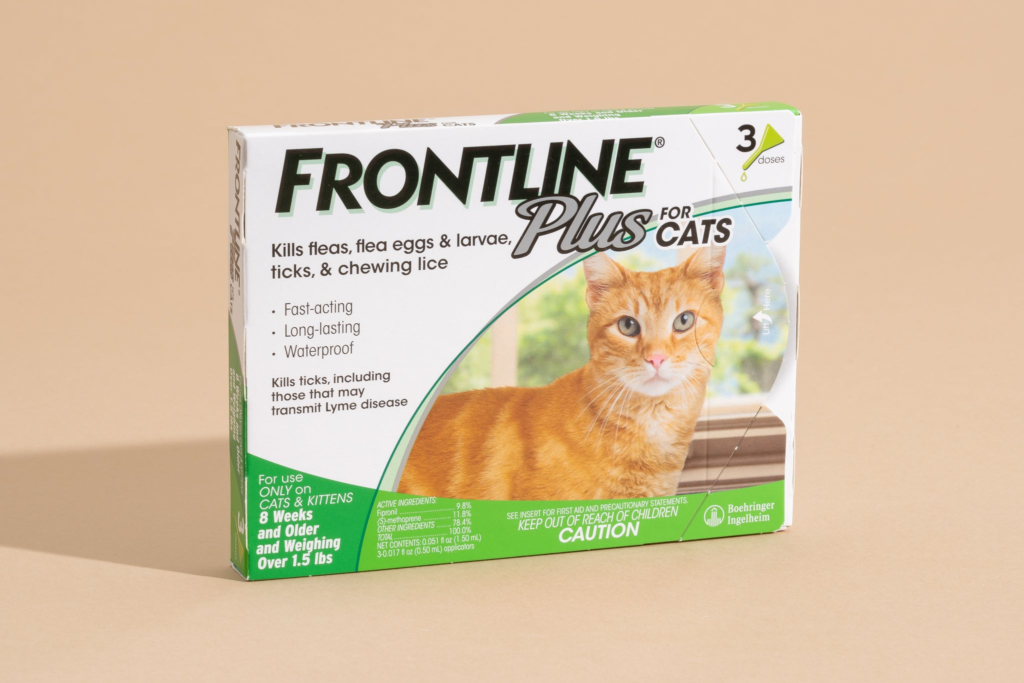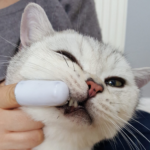Fleas and ticks are common parasites that can cause significant discomfort and health issues for cats. Both pests are adept at hiding, which can make detection challenging. However, spotting and treating fleas and ticks promptly is essential for your cat’s well-being. Here’s a comprehensive guide on how to identify and address these parasites effectively.

1. Identifying Fleas and Ticks
1. Recognizing Fleas:
Fleas are tiny, wingless insects that feed on the blood of animals. Common signs of a flea infestation include:
- Excessive Scratching: Cats with fleas will often scratch or bite at their skin to relieve itching.
- Flea Dirt: Flea dirt, which looks like small black specks, can be found on your cat’s skin and fur. To check for flea dirt, use a fine-toothed comb and look for black specks on a white towel or paper. When moistened, flea dirt will turn red, indicating it’s blood.
- Fleas in Fur: Adult fleas are tiny (about 1-2 mm), fast-moving, and can be seen in the fur, especially near the base of the tail, around the neck, and in the groin area.
2. Recognizing Ticks:
Ticks are arachnids that latch onto their hosts to feed. Signs of a tick infestation include:
- Visible Ticks: Ticks are larger than fleas and can be seen easily on your cat’s skin. They are usually round, grayish, or reddish-brown and can range in size from a pinhead to a large pea.
- Lumps or Swellings: Ticks can cause localized swelling or lumps where they attach to the skin.
- Skin Irritation: The area around the tick bite may become irritated, red, or inflamed.
2. Treating Fleas and Ticks
1. Flea Treatments:
- Topical Treatments: These are applied directly to your cat’s skin, typically on the back of the neck. Products like Frontline, Advantage, and Revolution are effective and provide protection for a month or more. Follow the application instructions carefully to ensure safety and efficacy.
- Oral Medications: Flea control pills like Comfortis and Capstar can kill fleas quickly and are often used in conjunction with topical treatments. Consult your vet for the best option for your cat.
- Flea Shampoos and Collars: Flea shampoos can provide immediate relief, but they often need to be used in combination with other treatments. Flea collars like Seresto offer long-term protection but should be used with caution if your cat has sensitive skin.
2. Tick Treatments:
- Topical Treatments: Some topical flea and tick treatments, such as Frontline and Revolution, also protect against ticks. These are applied to the skin and provide long-lasting protection.
- Oral Medications: Medications like Bravecto and NexGard are effective against ticks and fleas and are administered in chewable form.
- Tick Removal: If you find a tick on your cat, remove it carefully with a pair of fine-tipped tweezers or a tick removal tool. Grasp the tick as close to the skin as possible and pull it out steadily without twisting. After removal, clean the bite area with antiseptic and monitor for any signs of infection.
3. Preventing Future Infestations
1. Regular Preventive Treatments:

- Monthly Treatments: Consistent use of monthly flea and tick preventatives can help keep your cat protected year-round. Choose a product recommended by your veterinarian.
- Environmental Control: Treat your home and yard for fleas and ticks. Vacuum regularly and wash your cat’s bedding in hot water to eliminate fleas and their eggs.
2. Regular Checks:
- Frequent Grooming: Regular grooming helps you spot fleas and ticks early. Use a flea comb to check for flea dirt and examine your cat’s skin for ticks.
- Routine Veterinary Care: Schedule regular vet visits to ensure your cat remains protected and to discuss any concerns about flea and tick control.
4. Seeking Veterinary Advice
If you notice signs of a flea or tick infestation, or if your cat shows signs of illness such as lethargy, loss of appetite, or unusual behavior, consult your veterinarian. They can recommend the most appropriate treatments and check for any complications related to the infestation.
Conclusion
Spotting and treating fleas and ticks promptly is crucial for your cat’s health and comfort. By understanding the signs of infestation, using effective treatments, and implementing preventive measures, you can protect your feline friend from these troublesome parasites. Regular grooming, preventive treatments, and vigilant care will help ensure that your cat remains healthy and parasite-free, contributing to their overall well-being and happiness.


